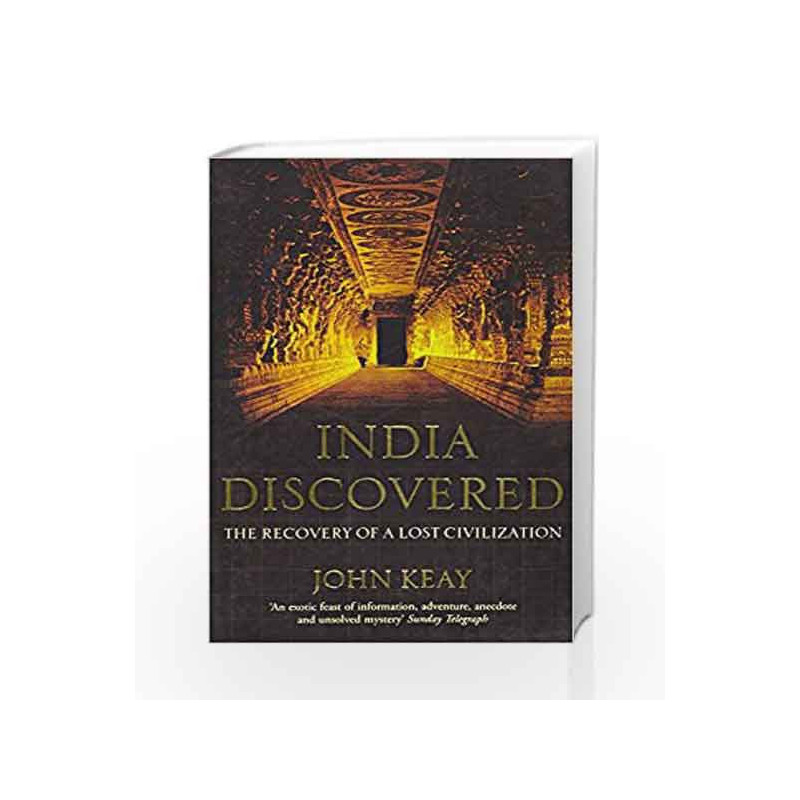



This fixed the founding of the Maurya empire, based on Alexander the Great's invasion of India during the lifetime of Ashoka's grandfather, Chandragupta. In his footsteps followed James Prinsep, who deciphered the Pali inscriptions of Ashoka discovered on early Buddhist monuments. The discoveries have lasted long beyond the rule of the Raj. This was only the beginning of an illustrious age of historical inquiry in colonial India. Curzon would later oversee the restoration of the Taj Mahal.Īfter William Jones arrived in Calcutta in 1783 he became one of the first Englishmen to learn Sanskrit, founded the Asiatic Society, pioneered comparative linguistics and posited the Indo-European family of languages. It did however have great traditions of religious and philosophical writing, as well as the "most glorious galaxy of monuments in the world" as noted by Lord Curzon, the British Viceroy of India from 1899-1905. India kept few historical records prior to the Muslim conquests in the early 13th century.

A companion volume by the author of the highly praised A History and The Great Arc. Their response to the unfamiliar - the explicitly sexual statuary, the incomprehensible scripts, the enigmatic architecture - and the revelations which resulted, revolutionized ideas not just about India but about civilization as a white man's prerogative. The excitement of unearthing a city twice as old as Rome, the realization that the Buddha was not a god but a historical figure, the glories of a literature as rich as anything known in Europe, the drama of encountering a veritable Sistine chapel deep in the jungle, and the sheer delight of categorizing 'the most glorious galaxy of monuments in the world' fell, for the most part, to men who were officials of the British Raj. The story, here reconstructed for the first time, is one of painstaking scholarship primed by a succession of sensational discoveries. How this extraordinary change in perception came about is the subject of this fascinating book. Two hundred years ago, India was seen as a place with little history and less culture.Today it is revered for a notable prehistory, a magnificent classical age and a cultural tradition unique in both character and continuity.


 0 kommentar(er)
0 kommentar(er)
